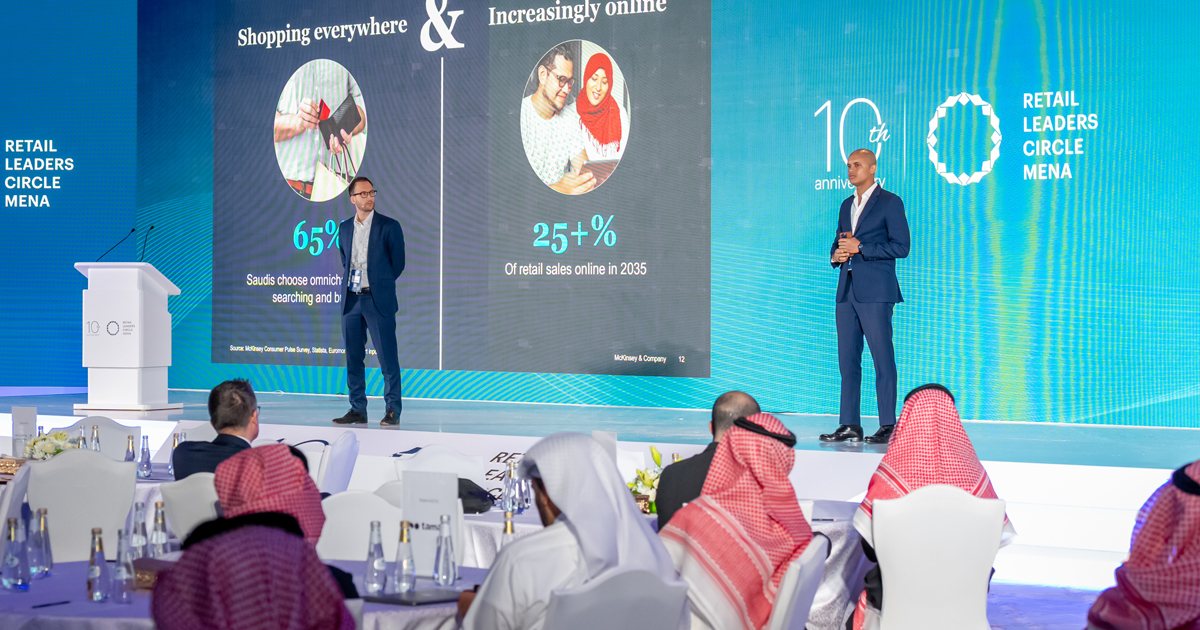The retail landscape in KSA is undergoing transformative shifts, influenced by a blend of demographic changes, policy shifts, consumer behaviors, and the ambitious Vision 2030 and associated Giga projects. These developments signal a new era for the nation, indicating profound implications for the retail and consumer goods sectors as businesses look towards 2035.
Dr. Simon Land, Senior Partner, McKinsey & Company, Dusseldorf and Abdellah Iftahy, Partner, McKinsey & Company, Dubai, explored the evolving consumer landscape in KSA and how it will be transformed by 2035 drawing insights from a recent McKinsey & Co report that pinpoints enduring trends and identifies key areas of opportunity and growth.
Demographic Dynamics
KSA is projected to see significant population growth, with estimates pointing towards 45 million residents by 2035, alongside a notable increase in international tourists to 60 million. This demographic expansion presents a dual opportunity for retail and tourism sectors, potentially adding approximately 10% to the country’s GDP. A notable trend is the “youth takeover” with millennials and subsequent generations expected to constitute over 80% of the population and control a significant portion of consumer spending.
Workforce Evolution
The participation of women in the workforce is set to double by 2035, leading to changes in household structures and consumption patterns. This shift is supported by an increasing number of women pursuing higher education in business and STEM fields, signaling a transition towards smaller average household sizes and a diversification in demand for products and services.
Economic Landscape
The expansion of the middle class, accounting for about 75% of the population by 2035, indicates a move towards mass market dominance. This demographic shift suggests a polarization of demand, with significant opportunities in both value-for-money segments and premium experiences. Retailers and consumer goods companies must adapt to these changes, focusing on value creation and distinctive customer experiences to capture diverse consumer segments.
Urbanization and Consumer Interaction
Urbanization trends predict a concentration of population growth in major cities, coupled with the influence of mega projects and Vision 2030 developments. This urban shift will create new consumer demand pockets and necessitate innovative approaches to retail and service delivery.
The Zero Consumer
The concept of the “zero consumer” encapsulates the evolving expectations of Saudi consumers, characterized by demands for seamless cross-channel experiences, value-driven purchasing decisions, minimal brand loyalty, and an emphasis on convenience and sustainability. Businesses need to invest in strategies that address these expectations, leveraging digital penetration and social media engagement to offer compelling, integrated consumer experiences.
Strategic Implications
The identified trends and consumer behaviors pose both challenges and opportunities for businesses in KSA. To remain competitive and capture the potential of the 2035 consumer market, companies must:
-Assess and align their core offerings with emerging trends and demographic shifts.
-Explore related areas in products, services, channels, and geographies.
-Innovate to create new business models that leverage existing strengths and address identified consumer needs.





